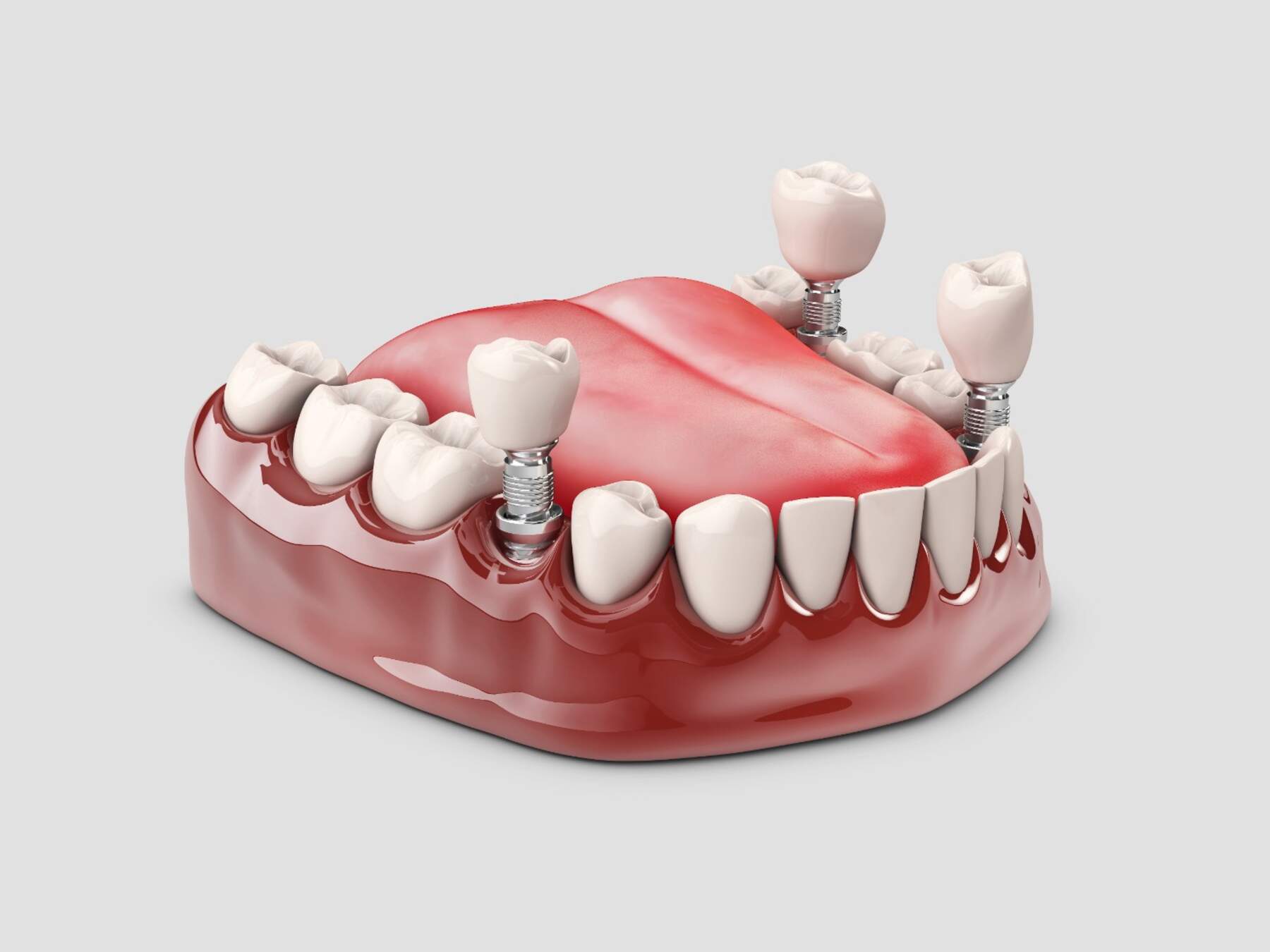Some people don’t like going to the dentist even if it is just for teeth cleaning. If you do your research and know exactly what is going to go on during the process, you can feel relieved and stress-free and be ready to enjoy the results. A dental cleaning process is simple and painless for most people. It can involve several steps to get the desired results. The visits to the dentist should be regular. Visits to the dental hygienist can be done for several reasons, like removing tartar and plaque buildup, minimizing the risks of gum disease, and treating cavities. Of course, you have had checkups at the dentist but you never know what exactly is going to happen when you are sitting in that chair. In this blog, we have a detailed guide on what is going to go on when you decide to go to a dental clinic for professional cleaning.
Oral examination
A detailed physical examination of your entire mouth will be the first step done in a professional cleaning by a dental hygienist. To inspect your gums, teeth, and any other potential concerns the professional will use a small mirror. Depending if they find a problem or not the hygienist will call the professional dentist to deal with the issue and to make sure if it is okay for the teeth cleaning procedure to continue or not.
Plaque and tartar removal
A hardened tooth plaque is called tartar. Tartar can accumulate on your teeth if you don’t practice good oral hygiene, which can cause gum disease and other oral health problems. Tartar can only be eliminated by a hygienist or dentist. It is impossible to get rid of it alone by brushing and flossing.
In order to get rid of plaque and tartar from your gum line and in between your teeth, your hygienist will use a dental scale and mirror. It is common to hear some scratching noises. The longer it takes a dental hygienist to scrape a certain area, the more tartar there is in your oral cavity.
Regular brushing and flossing help to stop plaque from accumulating and turning into tartar. Only a dentist or dental hygienist can remove tartar after it has formed. Therefore, the lesson is to remedy any oral hygiene mistakes and to have a proper dental care routine if the scraping away of collected oral germs is what you fear most about dental cleanings.
What causes mouth tartar?
You still have bacteria in your mouth that combine with sweet or starchy food when you consume it even if you take proper care of your teeth. As a result, your teeth, gums, and dental restorations become coated in a sticky film called dental plaque. Acid-producing bacteria found in plaque can erode tooth enamel and result in cavities. Plaque will develop tartar if it is not routinely removed. If left untreated, tartar, which is extremely porous and abrasive, can cause gum disease and recession and can only be removed with specialized dental instruments.
The following factors put you at higher risk of getting plaque even though it is very common:
- Consume foods rich in sugar, such as desserts and cakes.
- Consume foods that are heavy in carbs, such as bread, spaghetti, potato chips, etc.
- Having a dry mouth as a result of taking certain drugs or not drinking enough water
- Chew or smoke tobacco
Plaque cannot be totally avoided, however, cleaning and flossing your teeth daily can help to avoid build-up from creating.
What can tartar cause on the teeth if it’s not removed?
If tartar is not removed from your teeth, these problems are more likely to occur.
- Rough recession.
- Cavities.
- Gum disease such as gingivitis
Removal
Tartar accumulation is removed by a dental expert because of how firmly it adheres to tooth enamel. A professional cleaning, debridement, or scaling and root planing can be used to accomplish this. The American Dental Association advises receiving a routine dental cleaning every six months if you do not have deep deposits and your teeth have not been impacted by bone loss or periodontal disease. Your dentist or dental hygienist will use a scaler to remove any dental plaque, tartar, or stains from the area around your gums and in between your teeth during your routine dental inspection and cleaning.
When a patient’s teeth contain thick calculus that prevents the dentist from doing a thorough oral assessment, a debridement is advised. Tartar is broken up and removed using hand tools and ultrasonic devices.
You may require scaling and root planning, a thorough cleaning if you have gum disease or pockets between your teeth and gums. Plaque and tartar are removed above and below the gumline, all the way down to the bottom of the pocket, during this treatment under local anesthesia. The tooth roots are then rounded off to aid in your gum’s healing and reattaching to your teeth.
Deep cleaning and polishing
A cleaning procedure termed a scale and polish is frequently included in normal dental visits. Before polishing the surface of your teeth, the dentist eliminates plaque and tartar from areas that are hard to reach with brushing and flossing.
A scale and polish will eliminate plaque and tartar for the majority of patients, but for some, the tartar may be the source of gum disease. The patient would require thorough teeth cleaning in this situation.
For individuals with gum disease, particularly if it has developed into periodontitis, dentists advise extensive tooth cleaning. Tartar that is gathered below the gum line is removed by deep cleaning. Under local anesthetic, the procedure is carried out. While it does not hurt, the gums may nevertheless feel sore.
Your dental hygienist will use a powerful electric brush to clean and polish your teeth after they are clear of tartar. Remember that there is a grinding sound that the gadget makes. Despite its potentially terrifying sound, it successfully deep cleans by eliminating any tartar that the dental scaler could have missed.
When having your teeth cleaned professionally, toothpaste is used, which tastes and smells much like conventional brand-name toothpaste. Additionally, your dentist could let you pick from a variety of flavors. But because of its gritty consistency, it aids in cleaning and polishing your teeth. As long as a dentist is performing it, polishing the teeth many times a year is safe.
Professional flossing
Even if you floss your teeth every day, it is necessary to get a professional flossing from a dentist. He will be able to check your mouth thoroughly and access the smallest spaces that maybe you can’t on your own. Having this procedure done by a professional may not seem like a necessity, but in fact, it is as it will help eliminate any plaque or toothpaste left from the previous procedures of the cleaning process.
Rinsing
Next, rinse your mouth to remove any leftover particles. You will often receive a fluoride-containing rinse from your dental hygienist. Rinsing your mouth to get rid of any debris and residue is one of the last procedures in professional dental cleaning. This phase involves your hygienist spraying water into your mouth or giving you a fluoride-containing mouthwash to swish around your mouth. When you’re through, your dental hygienist will either ask you to spit the liquid out into a basin next to the dentist’s chair or they’ll use suction to remove it.
Fluoride treatment
The administration of a fluoride treatment comes next in the cleaning of the teeth procedure. This optional therapy acts as a shield to ward against cavities for several months. This procedure involves your dental hygienist applying a frothy gel or sticky paste to your teeth and letting them sit there for about a minute. You may also gently paint fluoride varnish over your teeth in addition to the foamy gel or sticky paste. You can eat and drink right away after the treatment since saliva causes the fluoride varnish to solidify.
Final checkup with a dentist
Following the previous processes, a general dentist will visit to do one final examination. You are in good shape if they find no issues with your dental health. Your teeth, gums, and entire oral cavity will be examined by the dentist to look for any indications of issues or concerns.
Your oral health is in good shape and the attention and treatments you got were successful if the dentist discovers no problems during this evaluation. This is great news since it shows that you’ve taken good care of your dental health and listened to your dentist’s instructions.
Keep in mind that maintaining good oral hygiene habits, such as consistent brushing, flossing, and dental examinations, is crucial for sustaining dental health over the long term. It is advised to keep up with routine checks in order to identify any possible difficulties early on and stop them from developing into bigger issues down the road.
Other potential teeth cleaning steps
Usually, twice a year, a professional teeth cleaning is planned. During your session, your dental care professional could do further tests and treatments depending on what they see in your mouth. A dentist may suggest molar sealants for kids to lessen the likelihood of cavities forming in difficult-to-clean places.
How long does it take to clean your teeth?
Dental cleaning should just take a few hours if your teeth are in good condition. A dental cleaning might take an hour or longer if you have tartar or cavities, though. A solid generalization is that you will spend less time in the dentist’s chair the more time you spend maintaining your dental health.
Recovery
After a deep cleaning, a patient’s gums may take five to seven days to recover. They can have some little gum swelling or bleeding at this time. Additionally, they could have slightly more sensitive teeth than usual. Patients should avoid hot meals and beverages for four hours following the cleaning, wait 30 minutes before eating or drinking, and wash their teeth softly before going to bed.
Dental cleaning potential risks or complications
The following are some possible dangers or issues you can experience when giving someone a dental cleaning:
- Teeth that are sensitive: After you have removed a layer of tartar, the patient’s teeth will be exposed to air, liquids, and meals that may be hot or cold. This shouldn’t persist for more than a few days. Tell the patient to use sensitive toothpaste in the interim.
- Gums that are swollen, bleeding, or painful after plaque or tartar removal on or near the gum line. This too ought to be short-lived. The use of over-the-counter painkillers is advised for the patient.
- Teeth gaps: Tartar and plaque can occasionally fill up spaces between your teeth. It may appear as though a new gap has been formed once they are taken out, but that is not the case.
How regular teeth cleaning benefits your general health
Professional dental cleanings do more than simply maintain your smile’s cleanliness and radiance. Your general health may be significantly impacted by the procedure. The benefits of expert cleanings are several. Gum disease, which is one of the main causes of early tooth loss, can be avoided with professional teeth cleaning. Another factor can be that every hour, one person dies from mouth cancer somewhere in the globe. If discovered at an early stage during a normal cleaning, many of these cancer cases are curable.
Strong evidence exists to connect gum disease and cardiovascular disease. Regular dental cleanings may lessen the risk of potentially deadly heart attacks since they aid in the prevention of periodontal disease. The best method to maintain your beautiful smile and avoid dental issues entirely is to see your local dentist for routine dental cleanings. By providing you with a brief summary of what occurs during dental cleanings, we hope to reduce your anxiety and possibly even make you look forward to your forthcoming session.




